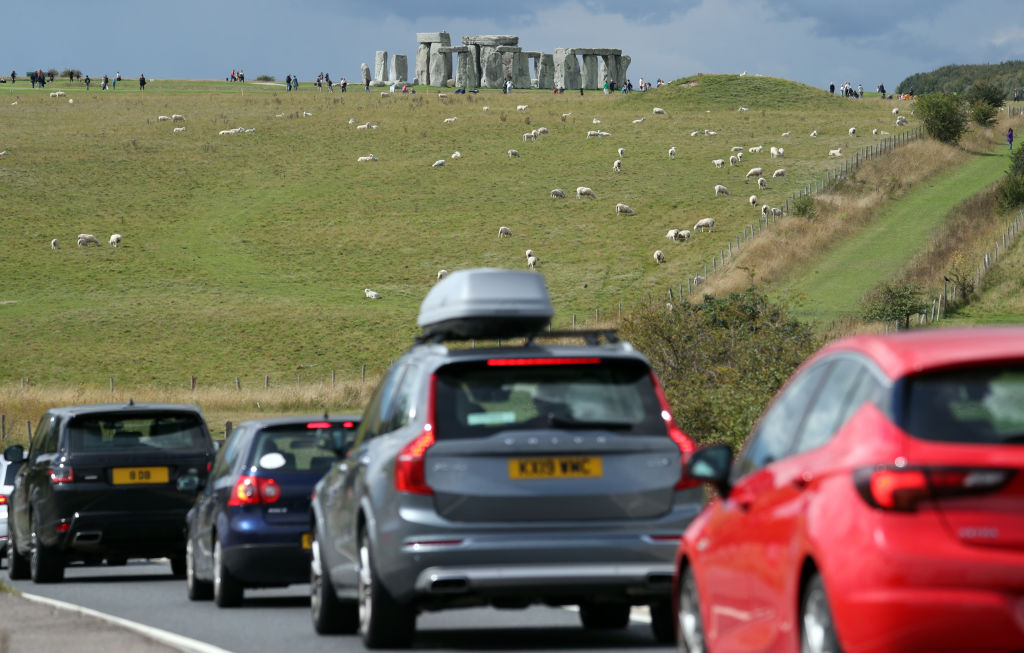Stonehenge is getting its long-talked-about road tunnel. British Secretary of State for Transport Grant Shapps has given the green light to an underground dual carriageway.
The works, costing nearly $3 billion, will replace the existing A303 road. 4 lanes are to run for 2 miles beneath the UNESCO World Heritage site. Announced in 2002, the project attracted criticism for potential damage it could inflict on the popular Neolithic location.
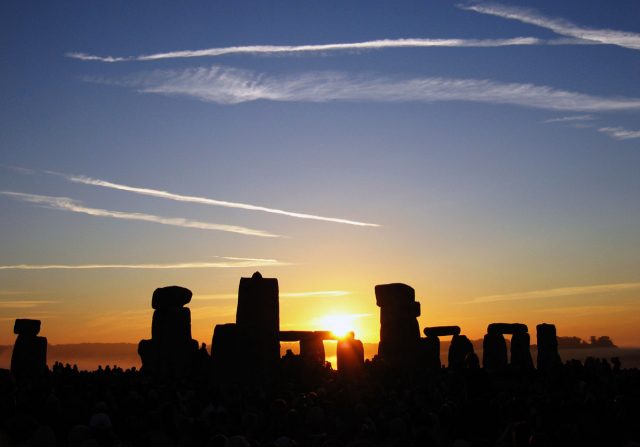
And controversy has been stoked again. Recommendations against the move from eminent body the Planning Inspectorate were heard but ultimately dismissed by Shapps. He’s signed a Development Consent Order and is going full steam ahead alongside Highways England.
As reported by BBC News, the Inspectorate thinks the tunnel “would cause ‘permanent, irreversible harm’”. Environmental campaigners, archaeologists, druids are opposing the development, more on which later.
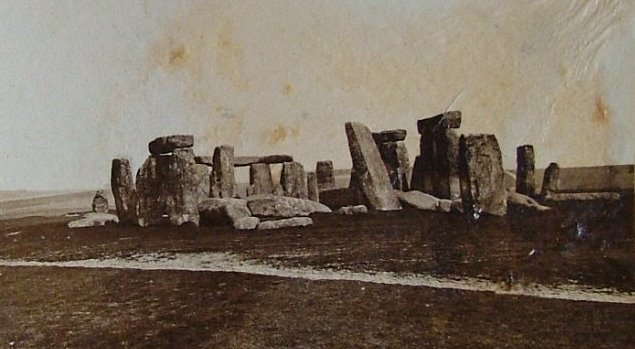
Why is this happening? The stated aim is to take pressure off the congested road network. Described by National Geographic as “one of the main arteries to England’s southwest” the A303 tends to become clogged, especially during Bank Holidays.
Under these plans the road turns into a walkway, meaning drivers no longer need to slow down to grab a glimpse of the ancient landmark. Quoted by the BBC, English Heritage’s Anna Eavis says Stonehenge would become “a place for walking again”. Visitors can view the mysterious monument “without taking their life in their hands trying to cross the highway.”
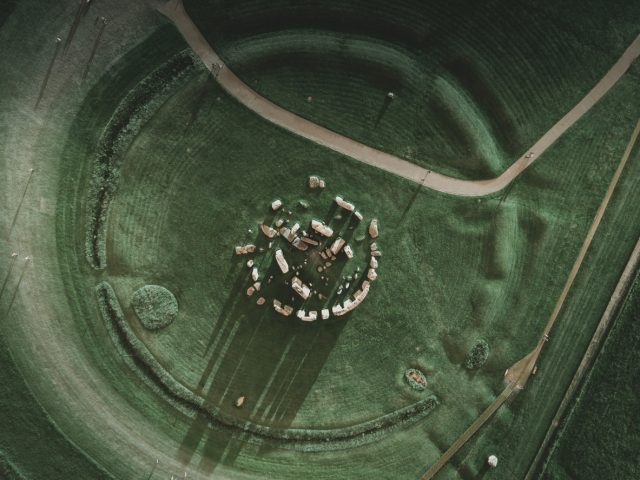
English Heritage and the National Trust are in favor of the scheme, among others. But many are not. Recent discoveries show there’s a lot more to explore in the Wiltshire countryside.
For example, approx 20 shafts arranged in a vast ring formation were uncovered at nearby Durrington Walls earlier in the year. The Stonehenge Hidden Landscape Project, made up of assorted universities, located the eye-opening feature.
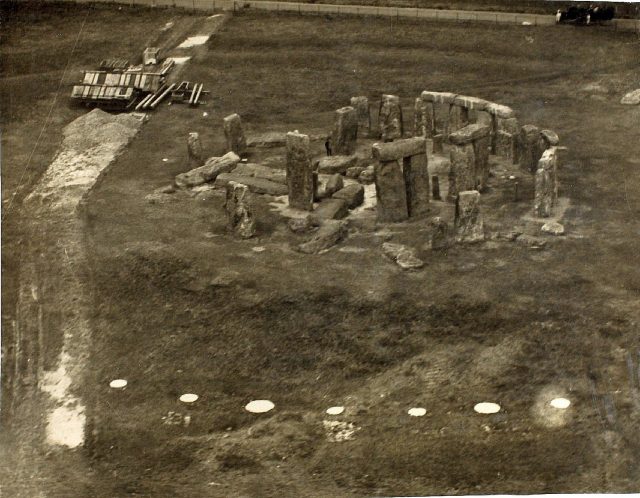
Members of the A303 scientific committee believe “half a million artefacts could be lost”, according to The Guardian. It’s feared painstaking work – driven by cutting edge technology – will be interrupted. Group the Stonehenge Alliance have a petition with 125,000 signatures.
Stonehenge is precious, but to this day its true purpose isn’t known. In exploring the area immortalized by spoof rock group Spinal Tap, History.com mentions theories regarding construction. Were the enormous stones given a helping hand by nature?
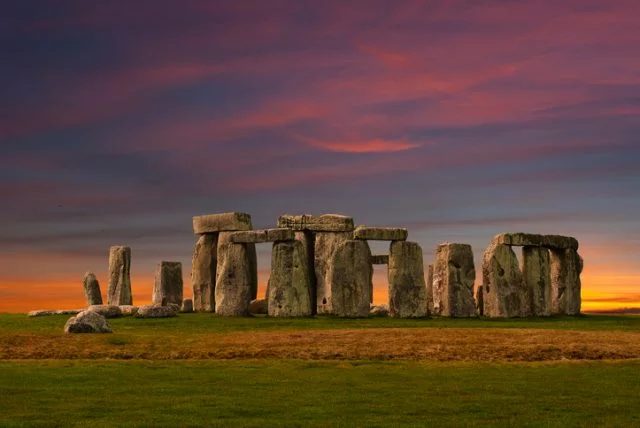
The website writes about “giant rocks known as glacial erratics that were carried over long distances by moving ice floes.” Like with Egypt’s pyramids, there are various ideas.
If planners won’t listen to academics, maybe they’ll listen to King Arthur. Or rather the resurrected version, aged 66. King Arthur Uther Pendragon, formerly John Timothy Rothwell, says the government are “penny-pinching and building a tunnel that is too short”.
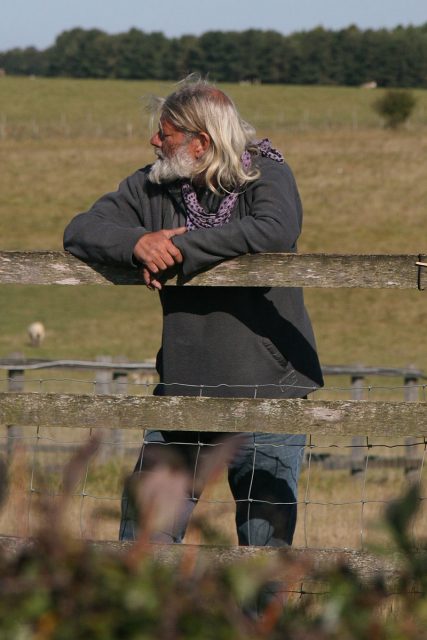
He and others are deeply concerned about the tunnel’s effect on pagan traditions. Ancient graves might be disturbed and views of the sun are potentially under threat. Summer and Winter Solstices make Stonehenge a gathering point for pagans. The place is also regarded as a temple.
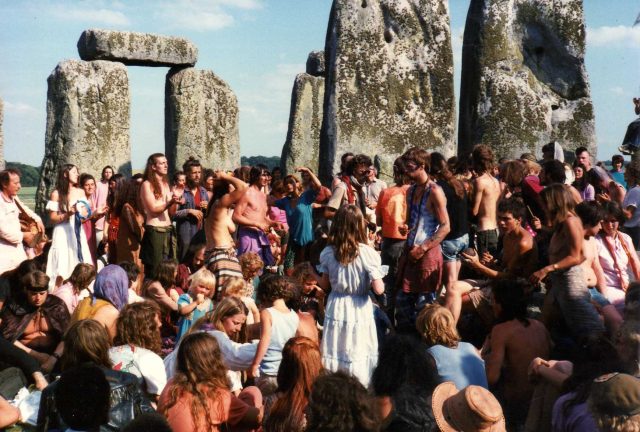
Attention has been drawn to the placing of the tunnel 50 miles from the stones, a supposedly safe distance. The depth of 130 ft is believed to avoid any archaeological treasures waiting to be discovered. However drivers still have to get in and out of the carriageway, so some of this topsoil will inevitably be dug up by work crews.
Another Article From Us: The Lost Egyptian City Of Thonis Heracleion Submerged for 1000 Years
King Arthur, or “Mr Pendragon” as the Mail calls him, is seeking a judicial review. He has 6 weeks to do this, though substantial legal costs could put the brakes on the idea.
With the project officially going ahead, these iconic stones can only stand and watch the sparks fly…
